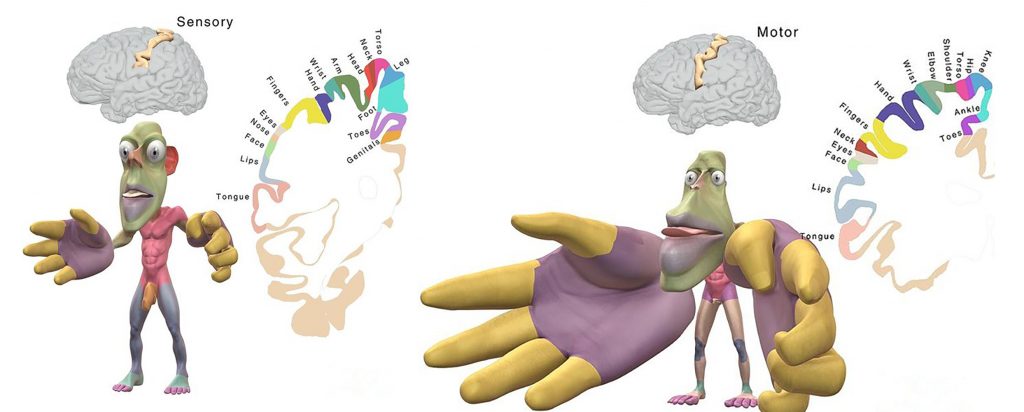June 13, 2020- by Steven E. Greer, MD
I am concluding the Golf Project that I started four years ago, back in 2016. I think I solved the riddle and have gotten the monkey off my back.
I had played golf since age 12 and was able to occasionally score low, but I had a bad flipping swing and was inconsistent. I gave up the game for more than a decade, living in Manhattan, and decided to try once again to figure out the swing when I got back to Ohio. I had the resources and technology available to me this time that I lacked as a kid. I was in good health and decided to see if I could develop a tour-caliber swing. After all, I was pretty good with my bad swing.
So, I decided to approach the riddle in a scientific experimental way. I also sought the aid of local golf instructors, but they were of no help at all. I eventually found some folks through the Internet and got some help that way. But mostly, I had to “own my swing” and figure it out on my own.
I think I have finally figured out what I was doing wrong all this time, and I believe it is relevant to almost all golfers. I will explain that later too. But first, I would like to share with you my big insights after all these years of frustration. I call them the Greer Tenets of Golf.
#1 The proper golf swing feels as easy and unforced as it looks: As I have experimented, I have gone through phases where I was awkwardly forcing weird body positions. If you have to force some aspect of your swing, then you are doing it wrong. The proper swing really is effortless and graceful.
#2 The design of your bones will determine how you swing: Golf instructors love to obsess over videos of the swing and draw lines all over the place to point out the proper swing plane, etc. This can be intimidating to the new golfer. The good news is that it happens all automatically if you simply do not fight your body.
All of the positions in the golf swing, from the position of the hands at the top of the swing to the hips turning in the downswing and so forth, happen naturally if you are swinging properly. You should not be thinking about it all. Your bones and muscles are made in a certain proportion with certain ratios that determine it all. Once you figure out how you are made, then “your swing” will be created.
#3 The hands control the swing: Our brains are designed to have more neurons allocated to our hands, face and tongue. Our hands are highly complex machines that allowed humans to evolve and dominate the earth. We have far less ability to control our trunk, hip, and leg muscles.
Many players and coaches talk about starting the swing with the lower body and so forth. Those movements do occur, but it happens automatically. We have an autopilot system in our brainstems called the vestibular system. The best “feel” as you swing are the hands. If you work the hands and wrists properly, then all of that elite lower body motion just happens.
(example of the vestibular system of the bird controlling the body to maintain the still head)
#4 The head must remain still: It is trendy now for instructors to say that it is OK to move the head in the downswing. I disagree. Because of our vestibular system, our eyes have to be glued to the ball. If your head moves, then your eyes lose contact and the entire body motion collapses.
This is true for putting and for driving. Jack Nicklaus was so great because he kept his head still.
I know. I know. Plenty of good players lift their head into impact. However, they are the exceptions.
#5 Don’t confuse your brain when you putt by having lines on the ball and so forth: Putting is a subconscious act controlled by the vestibular system and cerebellum. If you overthink it (i.e. use your cerebral cortex), you will become a basket case.
#6 The golf swing is an underhand throw, not and overhand throw: We all want to use our ability to throw objects when we try to hit the golf ball. However, that is the exact opposite move that you need to do. Instead, the golf throw is an underhand throwing motion. You achieve this by making the initial transition move with ulnar wrist deviation and supination of the right wrist. Interestingly, Ron Sinclair and Chris Como agree:
#7 How to learn and practice: It is extremely important to learn new swing moves indoors first using air swings. Then, progress to a hitting net with slow motion swings. Sometimes you have to isolate just the move you are working on and do pump drills.
#8 Video feedback is essential: The camera tripod is the most important stick in my bag, literally. You will never in a million balls improve without seeing yourself swing.
#9 Learning golf properly the first time is much easier than trying to fix a bad swing: I have asked several of my world-famous golf teachers if they have ever had a student like me- someone with decades of golf experience who is trying to throw out the old bad habits- and succeeded much at improving them. They have not. It is damn near impossible to do. On contrast, young kids these days exposed to proper instructions learn the game so much faster.
However, it can be done. I am living proof. I am currently 52-years-old. I swing much faster than the PGA Tour average and have a better short game. I now finally can strike the ball properly too. I expect to shoot par on normal courses. Golf is finally fun again.
I think my advice can be tremendously helpful for you.
Oh, one last thing: You will want to quit the game many times. Just sleep on it.

